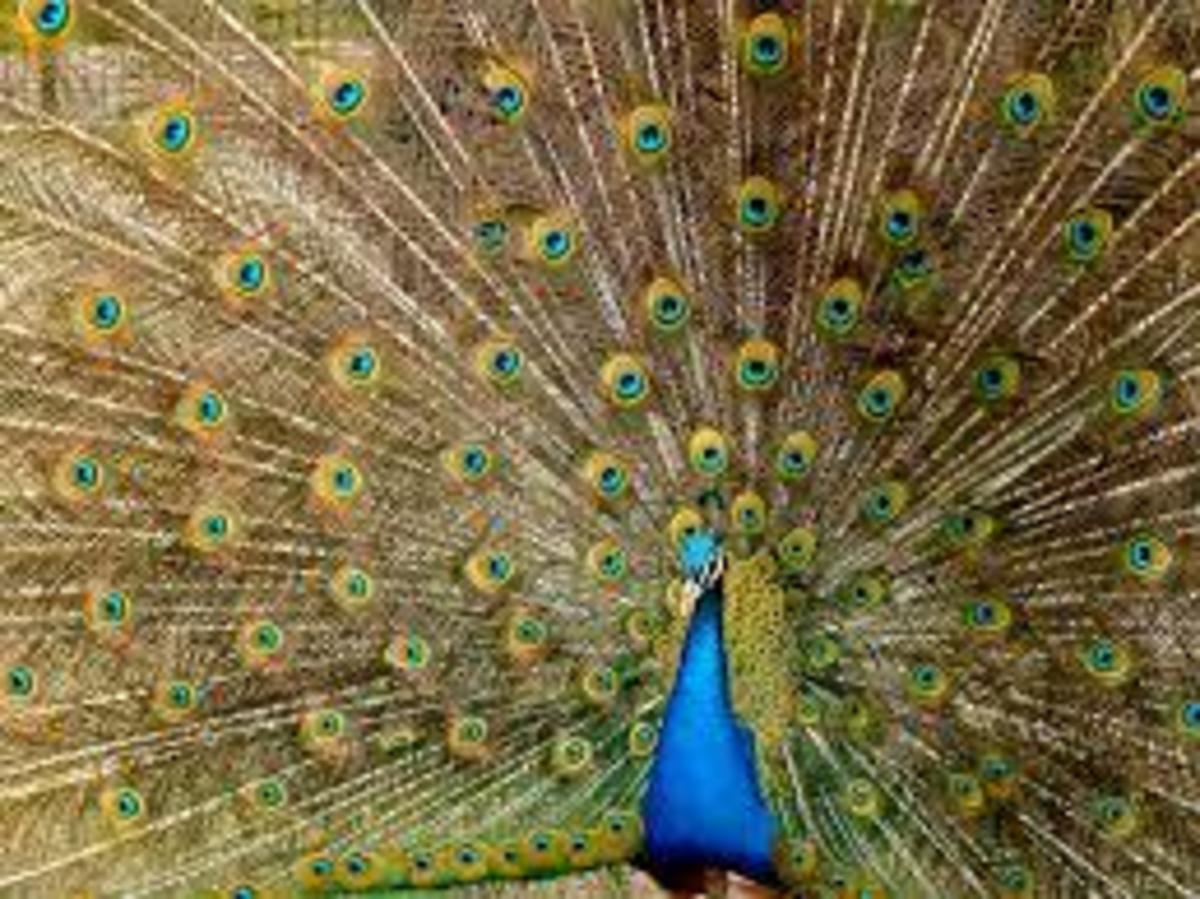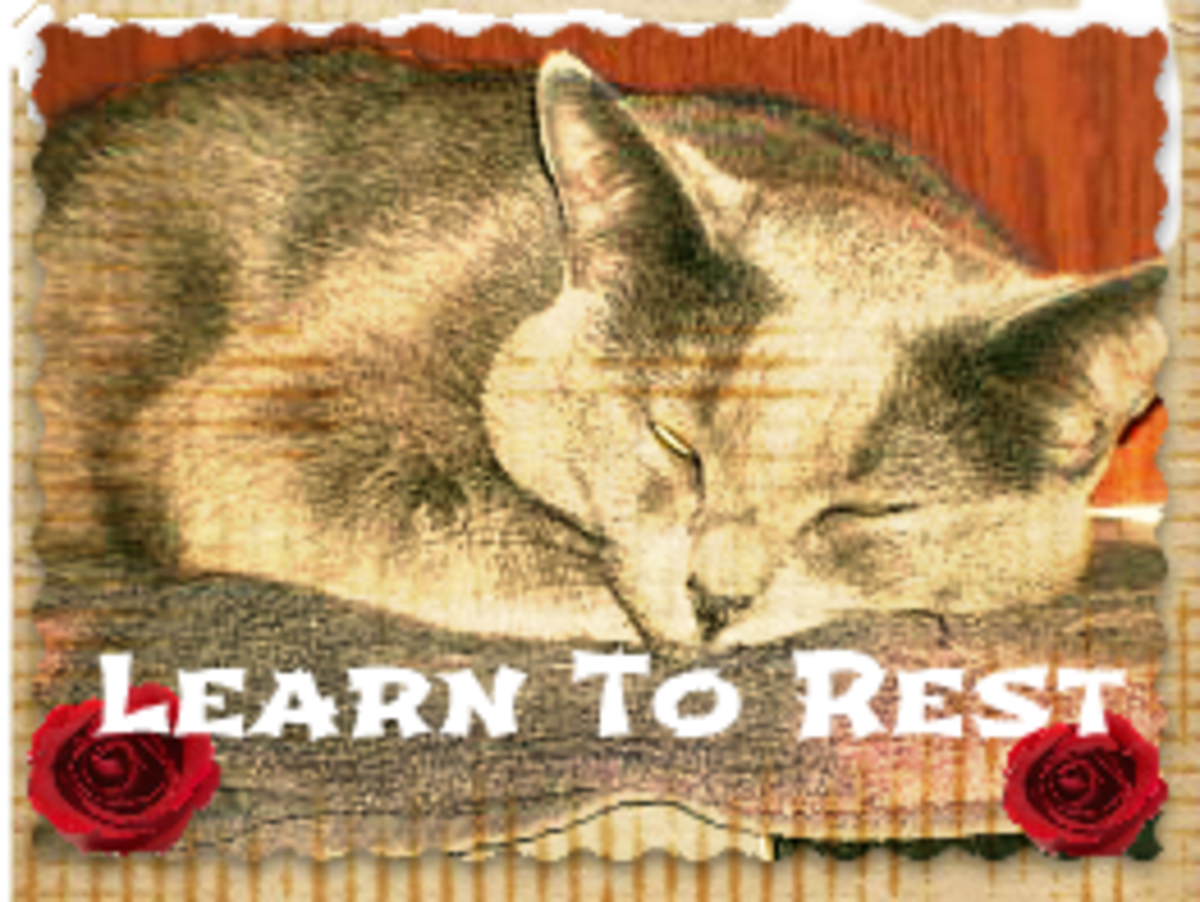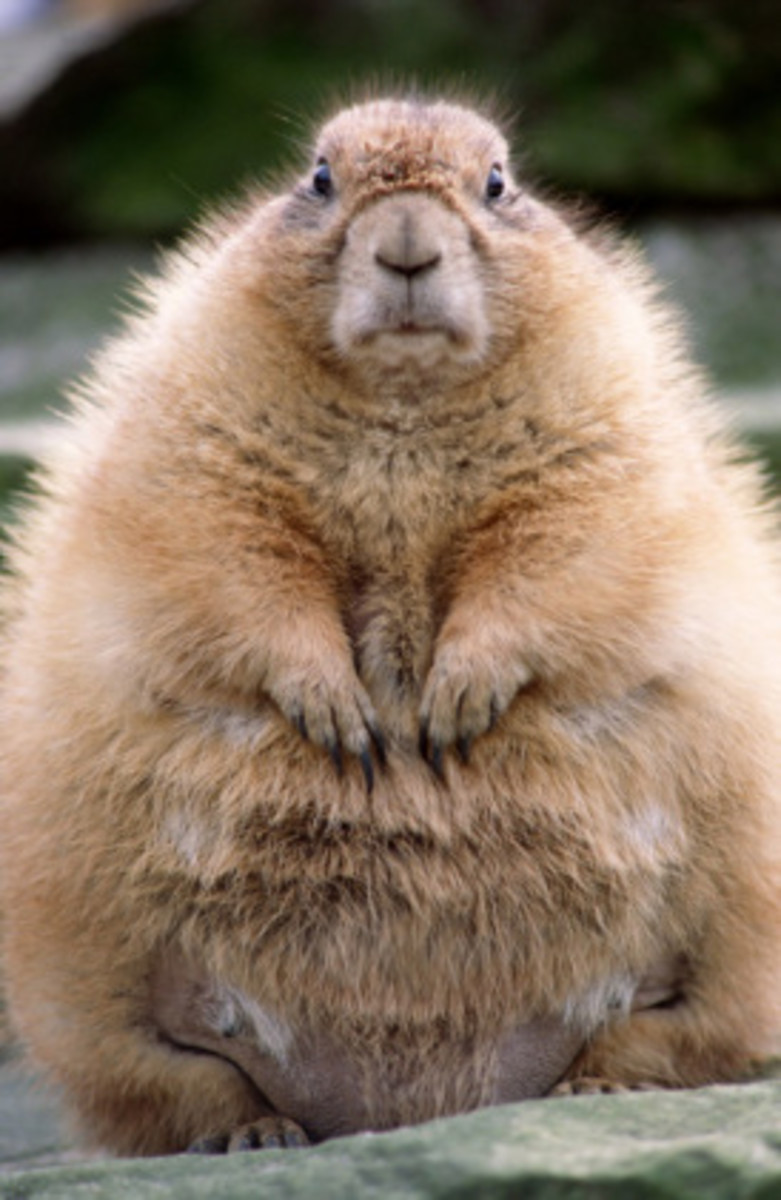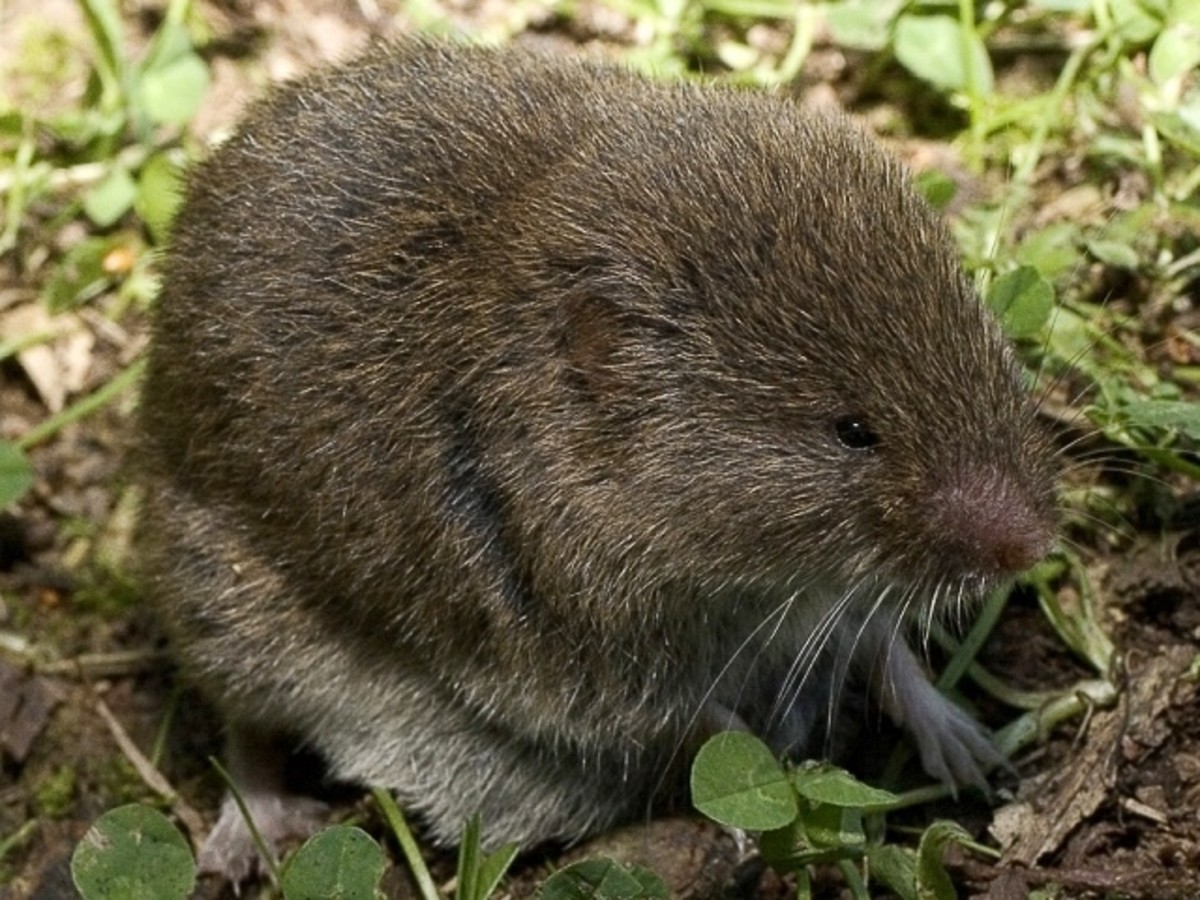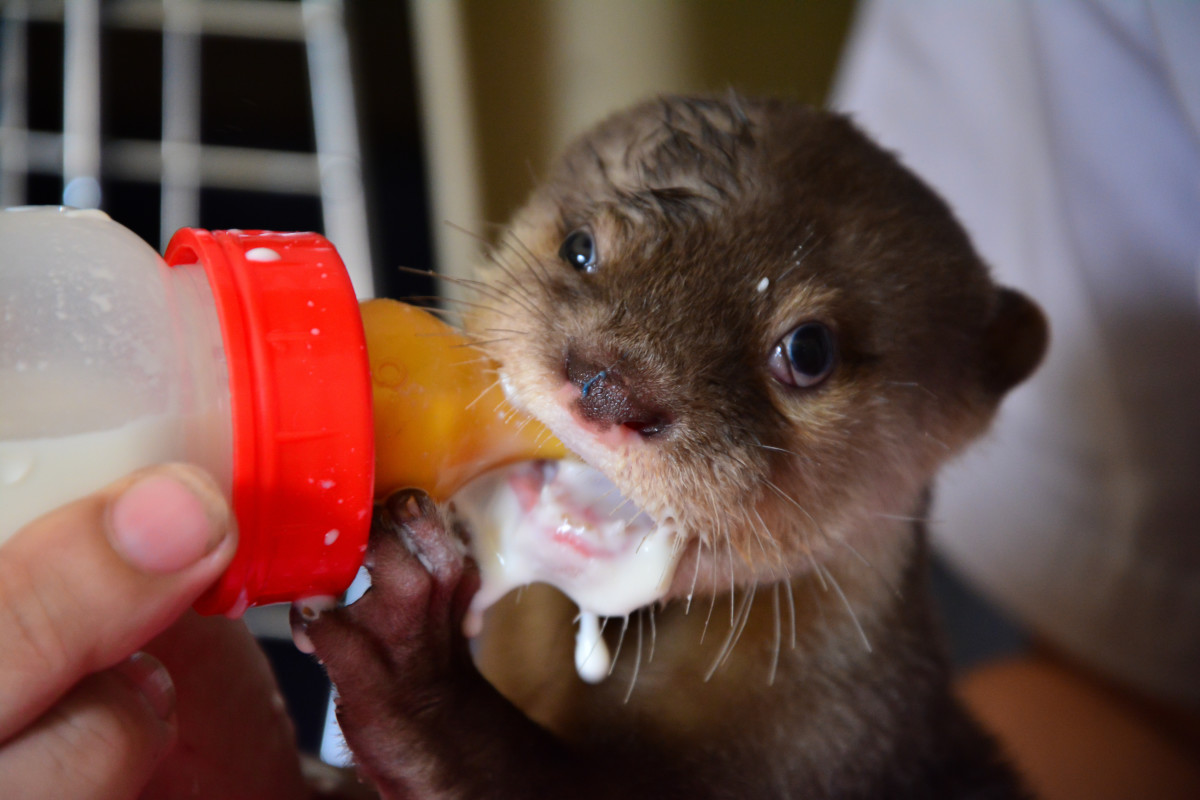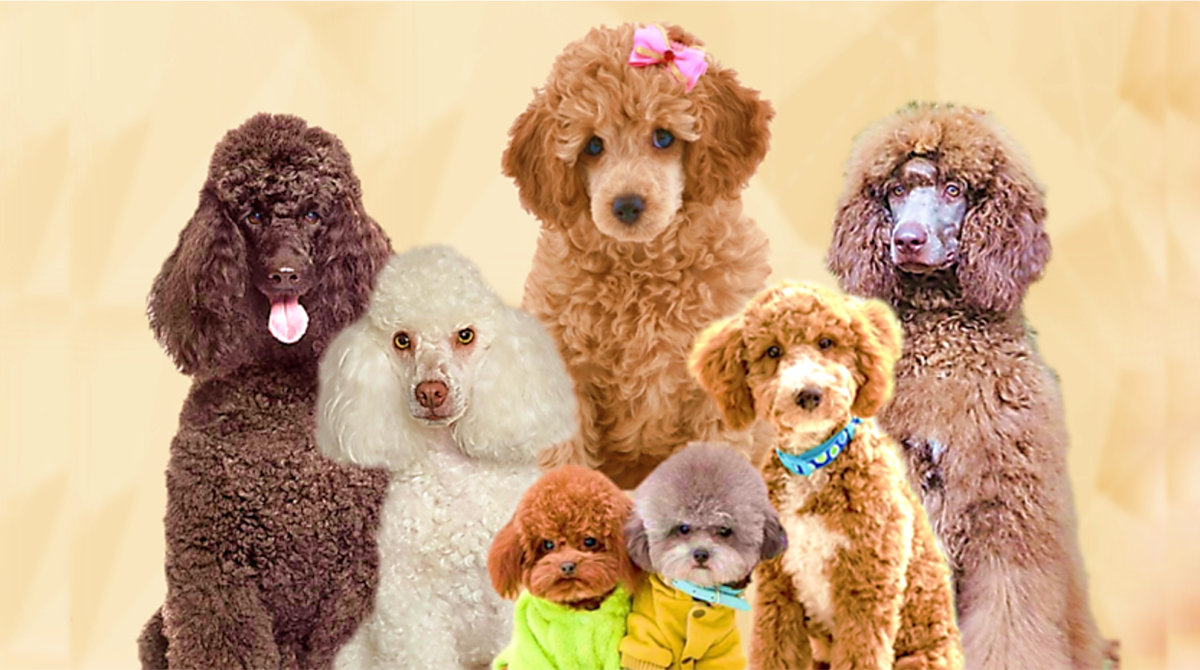Understanding play in mammals
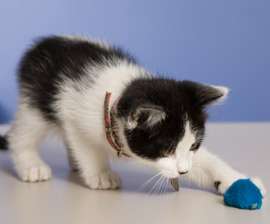

By Michelle Liew Tsui-Lin

Dolphins at play
“A little nonsense now and then, is cherished by the wisest men.”
― Roald Dahl, Charlie and the Great Glass Elevator
The great progenitor of macabre children’s fiction is a good advocate of the benefits of nonsense.
Yes, animals do play. Our animal friends might have to survive in the harsh environs of the wild, but they certainly do make the necessary time for a bit of horsing around and rough housing.
For play has specific functions for an animal’s survival, much as it does for us. Knowing why and how our friendly furry buddies play can help us relate to them and teach us a few things as well.

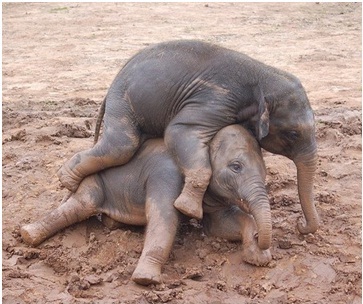
Definition
Play is defined as a series of voluntary, intrinsically motivated activities designed for enjoyment.
Higher functioning animals, such as dogs, horses or dolphins, do indulge in play for the same purpose.
Termed by some as mammalian play, it helps animals boost their ability to survive in harsh circle of life conditions.
What do we know about play in mammals?
There are some things we know about play in mammals.
Mammals play because of the complexity of their brains.
The functions of the mammalian brain are more complex than, say, for insects or fish. The higher the complexity of the brain, the more they will tend to play and it is through play that they learn.
Play is typical of young mammals.
Young mammals love to play and this occurs especially during the times their brains are developing. Play decreases dramatically as they grow into adulthood.
Play is adapted from typical behavioral patterns.
What is meant by this is that play is an imitation of the things that happen in reality for mammals. That includes fighting, fleeing,feeding and mating. Our children and other mammals may sometimes fight when they see others do so. We also understand why children love to play “chef” or catch, just as young chimps might.
Play disappears under stress
Just as it does for us, the mammal would play more when not under stress. In the presence of a predator, playing would mean having no chance of having their genes passed to the next generation. Being deprived of necessities like food and water would also reduce the want to play.
Play is fun.
Mammals know when a session is play and that it is fun. A dog knows play when it sees an owner throwing a frisbee at it because it looks enjoyable.

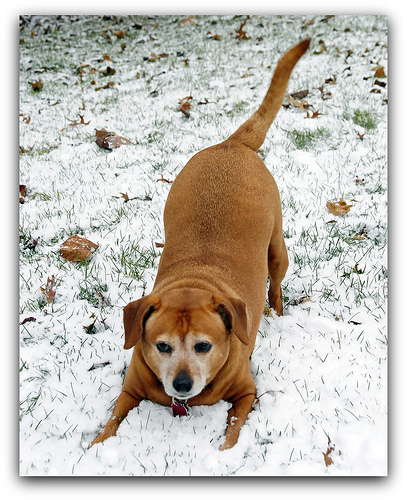
A grizzly and wolf cub playing
Why animals like to play
As said before, the play of mammals mimic realistic situations. Play enhances natural, specific functions for mammals.
Survival
Fleeing and catching
Play in mammals imitates their need for survival. Chase or tag mimics the situation of an animals fleeing from its predator from the wild. Play would teach mammals necessary survival instincts.
Our pets love toys that are like their natural prey. Dogs, for example, like toys in the shape of mice because they squeak and appeal to their natural affinity for trapping and chewing.
Territorial disputes
Mock fights, too, imitate situations where animals fight over territory in reality. Dogs might get into playful rough housing for that reason.
Feeding
Mammals must learn how to feed, so what is the best way to do that except through play? Dogs learn this through chewing on mock bones while their human counterparts might play at being chef in the kitchen, cooking food made of play dough.
Sexuality
Attraction
Mammals might play mating games that imitate their need to call for or attract a mate. This could explain why girls enjoy sessions of dress up or boys love showing off to girls on their newest skate scooters.
Gender roles
Play might be in preparation for the gender roles mammals are to adopt. Girls might groom their dolls in preparation for the roles of motherhood they might adopt later. Boys, on the other hand, might engage in a little rough housing in preparation for more sophisticated, power play tussles in the workplace.

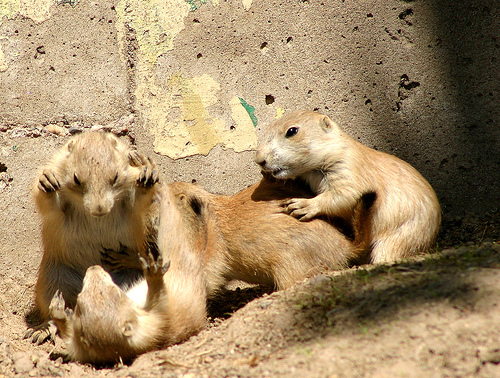
Mammalian poll
Which of these have you observed?
Games mammals play
Play is fun engagement for our animal friends, although it is done for practical reasons as well. They indulge in a variety of antics to express their need for a little down time and have logical impetus to do so too.
Horse play
Our equestrienne friends have been seen playing just two hours after birth. They love a gallop chase and nipping their mothers during their early days. They chase each other and toss around playfully any objects they can find. In preparation for the gender roles they will take on later, colts and fillies take on different play styles. The colts spend their time rough housing while fillies engage in locomotor play such as galloping and mutual grooming activities.
Give him a wallop!
Kangaroos love to rough house as soon as they can leave the pouch. The joeys start by sparring playfully with their mums. They paw instead of throw punches and communicate the intention of play by a shake of the head. In preparation for their social roles, males play fight far more than females and this plays a part in establishing leadership of their groups.
Do the locomotion with mice
Mice engage in a variety of playful twists, shakes and other physical actions. Researchers have found that they start playing at about 15 days of age, with activity peaking at 19 to 25 days. This timing coincides closely to the development of brain synapses. We know that play enhances the development of the brain, so whether this is true of mice is ripe for exploration.
Dog rough housing
Dogs love play fighting too and indulge in sessions of rough housing. One dog will playfully try to become “top dog’ by getting on top of the other. This prepares them for pack survival;the one who wins is usually top dog.

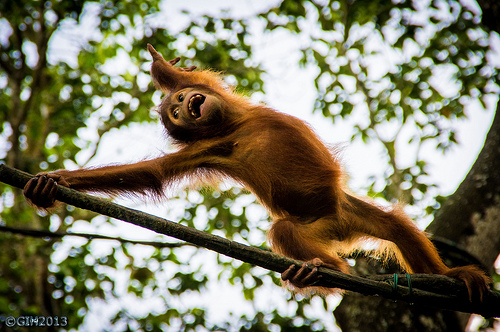
What we can learn from mammalian play
Mammals place a high value on play, and so should we. They embody the phrase, “I play, therefore I am.” They pick up survival skills from play and develop a keen sense of happiness. We can learn from them several important life lessons as well.
Sheer joy
We have forgotten, as we grew, the feeling of simple pleasure that a seemingly purposeless activity can bring. Animals teach us that play is not purposeless; in fact, they express the pure happiness when they play that we should.
They make a conscious choice to be happy, as should we.
Imagination
Play allows for the development of imagination. It is this sort of imagination that allows animals to be responsive to the environment and foresee things that could happen, like a predator coming by. They learn how to be inventive in through play and see new possibilities.
Adaptability
Playtime for mammals is when they explore and shift from old paradigms. The horse learns what to do with the bucket in front of him, as does the mouse who encounters obstacles in its way as it plays. Humans can learn from their ability to grow and change.

Conclusion
Play In mammals is not a mere purposeless, fun activity; animals play in a variety of ways that teach them about life. We too can learn from simply just having fun.
Original work by Michelle Liew
All rights reserved

Other animal hubs by Michelle Liew
- Eliminating fleas in our pets - the pros and cons of...
The pros and cons of anti-flea products and natural ways of eliminating fleas in our pets. - What unique cats make special pets?
Ten special cat breeds one can consider as pets. - The benefits of music for animals : suitable music f...
On the benefits of music for our pets - How to determine if a dog has been poisoned:causes, ...
An article on the causes, symptoms and prevention of poisoning in dogs. - Symptoms of fear in dogs and how to help our pets ov...
On the different things that make our dogs afraid and overcoming them. - How to provide stress relief for our pets
An article on the causes of stress in animals and how to help them overcome it. - Ten rare canines to consider as family pets
Here are 10 rare breeds of canines to consider as pets! - How to be responsible owners and reduce the number o...
On the problem of pet abandonment and how to reduce the numbers of unwanted pets in shelters. - Causes of skin disorder in dogs:symptoms, types and ...
What are the symptoms, causes and types of skin diseases in dogs? Which breeds usually experience them? - Making the trip to the veterinarian easier for yours...
On the times we need to bring our pets to the vet, the difficulties we face and how to overcome them. - Causes of skin disorder in dogs:symptoms, types and ...
What are the symptoms, causes and types of skin diseases in dogs? Which breeds usually experience them?


